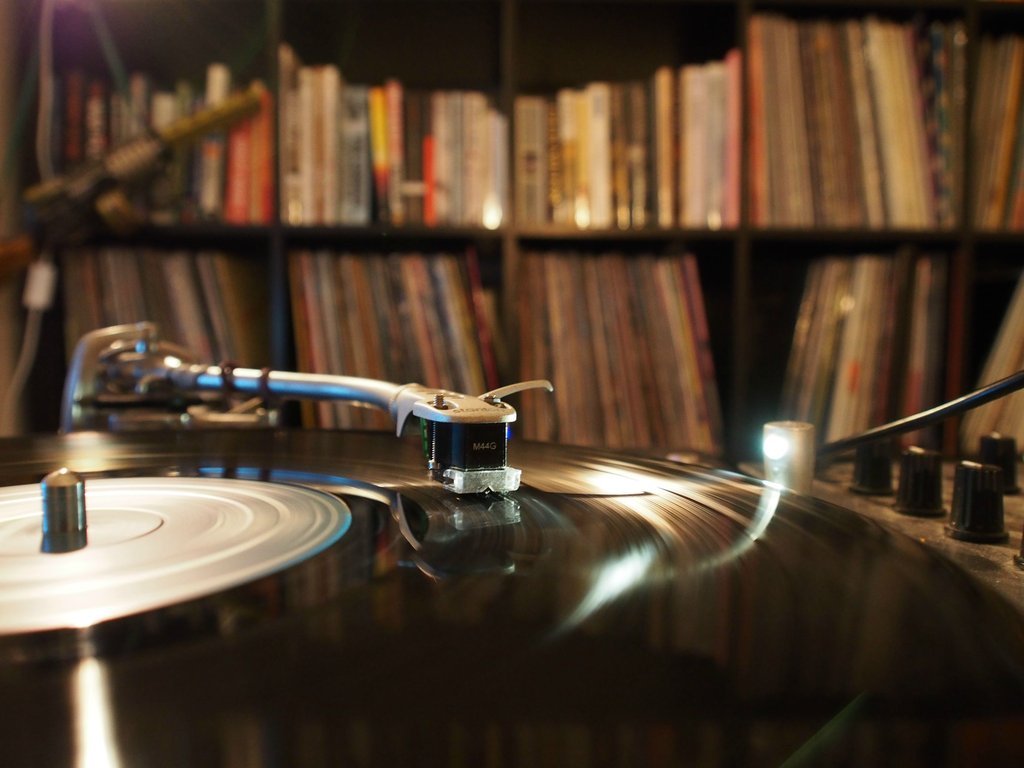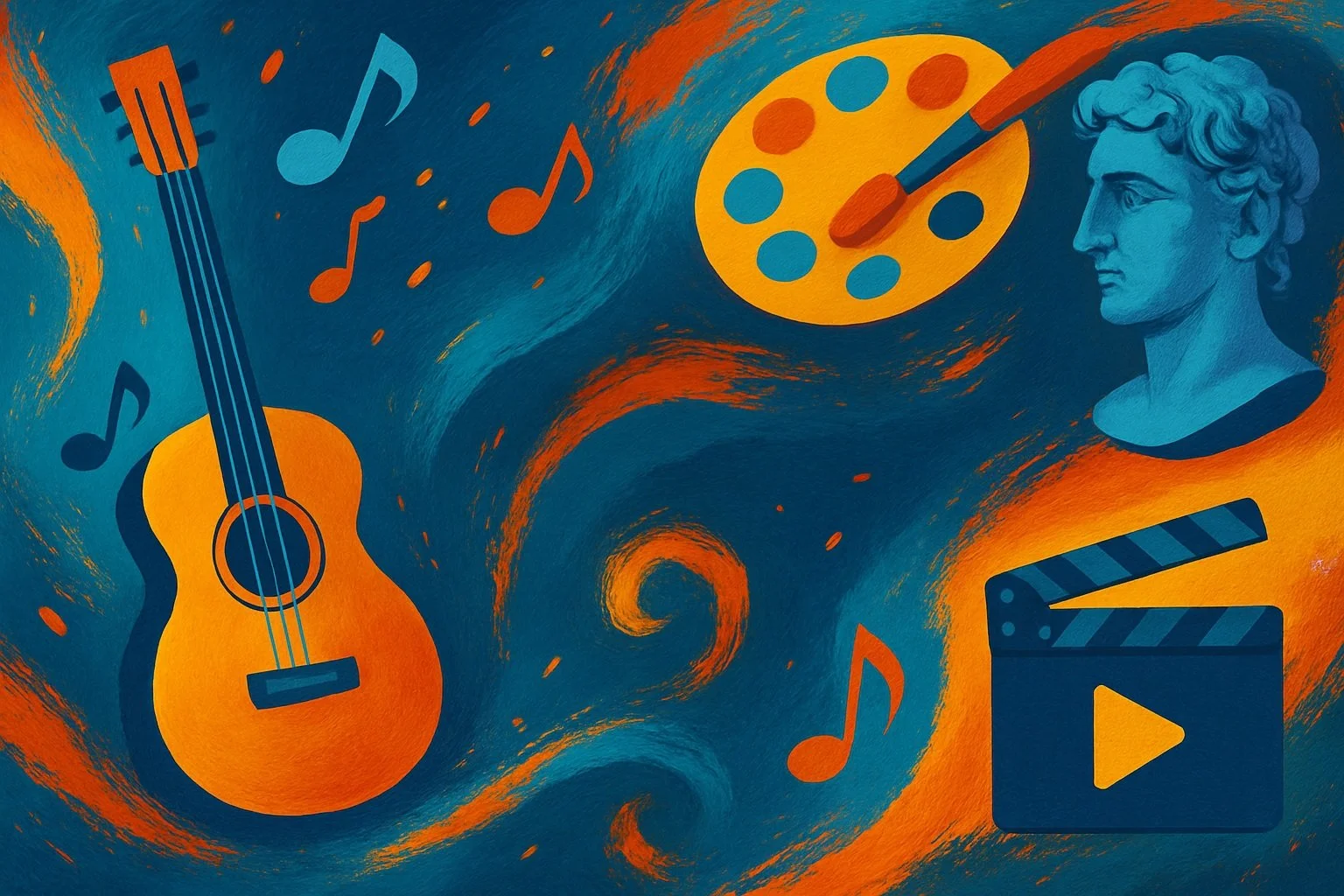
It was a bright, sunny day in 2014 when I had an experience that would profoundly shape my life. I was 29, studying art history, and determined to visit the Tate Modern in London to see—really see—the art I'd only known from books and screens. It’s hard to put into words, but maybe you understand: standing before a painting, feeling its presence, is a completely different experience from simply looking at an image. As I walked through the Tate’s towering glass doors, my body buzzed with excitement. I was on a mission.
The museum spans seven floors and holds over 60,000 pieces of modern and contemporary art, but I was focused on just one. The elevator doors opened to a crowded, noisy hallway, the sensory rush hitting me instantly. Pushing through the crowd, fueled by adrenaline, I spotted the open door I had come for. Agitation and nervousness from the overload followed me into the Mark Rothko Room—until the quietness and soft lighting wrapped around me like a balm. Nine canvases loomed in hues of maroon, plum, and deep crimson. I took a seat on the central bench, breathing deeply.
The hush, the muted tones, the weight of the paintings themselves—everything invited stillness. Slowly, the outside noise faded. Each brushstroke pulled me in, creating a space where emotion could exist without words, without judgment. For me, the Rothko Room wasn’t just a gallery. It was a refuge—a space where the constant hum of the world was replaced by silence, reflection, and something close to peace. It was the first time I realized how art could speak for me, and to me, in a way nothing else could—a silent language in a noisy world. That moment stayed with me, becoming the foundation for understanding how art could be more than appreciation; it could be survival.
Looking back now, I realize the reason that moment was so powerful goes beyond just loving art. It was the rare feeling of peace in a world that often overwhelms me. As someone with high-functioning autism, I’ve always experienced life in sharper colours, louder sounds, and more intense emotions—and I’ve struggled to find the connection and meaning that others seem to grasp so easily. Normal ways of communication and social interaction were never things I could fully understand. This often left me feeling isolated and frustrated.
Art has always been my language when words fell short. There were so many moments in my life where I struggled to explain how I felt—moments where conversations felt like puzzles with missing pieces. But art never asked me to explain myself. When the world felt too loud or confusing, I would put on headphones and listen to the music of The Beatles or Pink Floyd. The swirling sounds, the thoughtful lyrics, the soaring guitar solos—they became a way to soothe my mind and reconnect with myself. Just as music helped calm the chaos inside me, the paintings of Vincent van Gogh spoke to a part of me that words couldn’t reach. His vibrant colours, his swirling skies, his raw emotion on canvas—they showed me that it was okay to feel deeply, to be different, and to express myself in unconventional ways.
Art didn’t just help me express myself—it helped me grow. Through art, I learned patience, especially in moments where frustration would have normally taken over. Whether it was learning to paint, studying the details of a painting, or simply listening closely to the layers in a song, I developed a quiet focus that stayed with me. Creating and engaging with art allowed me to build confidence in who I was, without feeling pressured to fit into anyone else’s expectations. I began to see my differences not as flaws, but as unique strengths. Discovering artists like Vincent van Gogh, who struggled yet created beauty, and listening to albums like The Dark Side of the Moon by Pink Floyd, which embraced complexity and emotion, helped me embrace my own identity. Art became a mirror, showing me not just who I was, but who I could be—someone capable, expressive, and unafraid to be different.
Art gave me something I had rarely felt before: connection. For much of my life, I felt separate from others—on the outside looking in—unsure how to join the rhythm of social interaction. But when I engaged with art, that wall began to dissolve. Standing in front of a painting, listening to music, or losing myself in the rhythm of a song, I realized I wasn’t alone. The emotions I struggled to express were right there, alive in the brushstrokes of Van Gogh, in the lyrics of Lennon, in the soundscapes of Pink Floyd. Art became a bridge, allowing me to feel connected to people across time, cultures, and backgrounds. It showed me that we all experience joy, pain, beauty, and struggle. Through art, I didn’t have to speak the same words to understand someone else’s heart. I felt part of a larger human story—a quiet but powerful connection to a shared humanity.
Then I discovered heavy metal—and everything changed. What began as just music quickly grew into a lifeline, a way of life, and a community where I finally felt like I belonged. Heavy metal spoke to my intensity, my need for honesty, and my craving for something real in a world that often felt superficial. Bands like Iron Maiden, Metallica, and Black Sabbath didn’t just create music—they created spaces where outsiders could gather, where emotions weren’t judged but celebrated.
For the first time, I found people who understood the need to feel everything fully, to question everything, and to embrace individuality. Metal gigs, record stores, even online forums became places where I could be myself without apology. In the rawness of heavy metal, I found unity in rebellion, comfort in loudness, and friendship in shared passion.
Through these journeys—art, music, and the people they led me to—I was drawn deeper into introspection. The more I reflected, the clearer it became what I truly valued. Beneath the surface noise of life, I realised I was searching for four simple but profound things: truth, beauty, freedom, and love—the original Bohemian motto.
Art taught me beauty, music taught me freedom, heavy metal taught me truth, and human connection taught me love. These values became the compass that guided me through life with autism—a life that could feel fragmented but was ultimately held together by these enduring ideals. They reminded me that despite my differences, I could live fully, creatively, and meaningfully.





